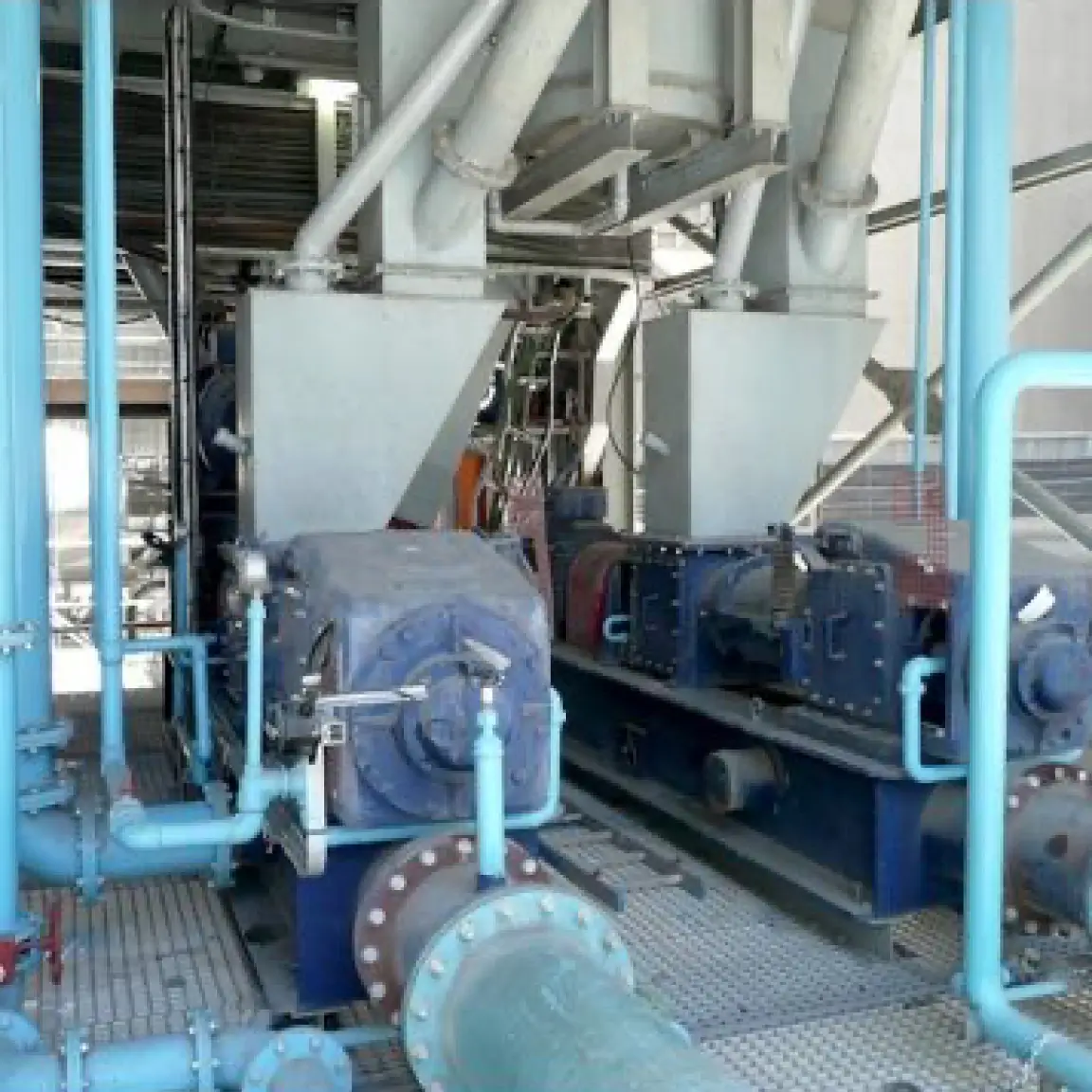Cut down on energy costs and CO2 emissions by using screw pumps in your existing pneumatic transport systems.
KREISEL GmbH & Co. KG has successfully implemented multiple projects over the past 12 years, helping customers achieve greater energy efficiency, reduced CO2 emissions, and a more stable, nearly maintenance-free operation.
“Our latest development in the field of wear protection, Ultra-Carbide® wear protection, is currently in high demand. This innovation allows KREISEL to handle even the most abrasive bulk materials within pneumatic conveying systems. Withstanding back pressures of up to 1.5 bar [g] and material temperatures of up to 200°C is no longer a challenge.”
Main differences:
- Operational Principles:
- Screw Compressors: Use a pair of helical screws to compress the air. They are known for their continuous operation and high efficiency.
- Valve Compressors: Utilize a reciprocating piston system. They are often used for lower volume applications.
- Efficiency:
- Screw Compressors: Generally more energy-efficient and better suited for large-scale, continuous operations.
- Valve Compressors: Typically less efficient but can be more cost-effective for smaller, intermittent use cases.
- Maintenance:
- Screw Compressors: Require less frequent maintenance and have fewer parts that wear out over time.
- Valve Compressors: Maintenance can be more intensive due to the moving parts and the wear and tear on the valves.
- Noise and Vibration:
- Screw Compressors: Quieter and produce less vibration, making them suitable for indoor use.
- Valve Compressors: Generally noisier and produce more vibration.
- Applications:
- Screw Compressors: Ideal for industrial applications requiring continuous and high-volume air supply.
- Valve Compressors: Often used in smaller operations or where air supply needs are less demanding.
- Costs:
- Screw Compressors: Higher initial cost but can be more cost-effective over time due to lower energy consumption and maintenance.
- Valve Compressors: Lower initial cost but may incur higher operational and maintenance costs in the long run.
